- No products in the cart.
Faspik tab n / 400mg of 6 pieces
$2.62
Faspik tab n / 400mg of 6 pieces
Description
Composition
Active substance:
1 coated tablet contains: ibuprofen (in the form of L-arginine salt) 400 mg ;.
Excipients:
L-arginine, sodium bicarbonate, crospovidone, magnesium stearate, hypromellose, sucrose, titanium dioxide, macrogol 4000.
Description:
White tablet kapsulovidnoy forms, coated with the mark on one side.
Product form:
6 tablets in the blister (polyethylene-aluminum-polyamide). 1, 2, 4 or 5 blisters together with instructions for medical application is placed in a cardboard box.
Contraindications
Hypersensitivity to any of the ingredients in the preparation. Hypersensitivity to aspirin or other NSAIDs history.
Erosive and ulcerative diseases of the gastrointestinal (including gastric ulcer and duodenal ulcer in the acute stage, Crohn’s disease, ulcerative colitis). “Aspirin” asthma.
Hemophilia and other bleeding disorders (including hypocoagulation), hemorrhagic diathesis.
Bleeding of any cause.
Pregnancy.
Lactation.
Children up to age 12 years.
Diseases of the optic nerve.
Caution is required in the following cases: older age; heart failure; arterial hypertension; cirrhosis with portal hypertension; liver and / or renal failure, nephrotic syndrome, hyperbilirubinemia; gastric ulcer and duodenal ulcer (disorder), gastritis, enteritis, colitis; blood diseases of unknown etiology (leukopenia and anemia) ;.
Dosage
400 mg
Indications
Febrile syndrome different genesis.
Pain syndrome of various etiologies (including sore throat, headache, migraine, toothache, neuralgia, postoperative pain, posttraumatic pain, primary algomenorrhea).
Inflammatory and degenerative joint and spinal diseases (including rheumatoid arthritis, ankylosing spondylitis).
Interaction with other drugs
The efficiency of furosemide and thiazides may be reduced due to sodium delay associated with the inhibition of prostaglandin synthesis in the kidneys.
It enhances the effect of anticoagulants, antiplatelet agents, fibrinolytic agents (increasing the risk of bleeding complications)
When concomitant administration with acetylsalicylic acid, ibuprofen reduces its antiplatelet effect (may increase the incidence of acute coronary insufficiency in patients receiving antiplatelet agents as low-dose acetylsalicylic acid).
Decreases antihypertensive vasodilator activity (including calcium channel blockers slow and ACE inhibitors).
In the literature, few cases have been described of increasing plasma concentrations of digoxin, phenytoin and lithium while taking ibuprofen. Agents blocking tubular secretion, and reduce the excretion of increased plasma concentration of ibuprofen.
Faspik (like other NSAIDs) should be used with caution in combination with acetylsalicylic acid or other NSAIDs (this increases the risk of adverse effects of the drug on the gastrointestinal tract).
Faspik methotrexate can increase the concentration in plasma.
Combined treatment with zidovudine and Faspikom may increase the risk of hemarthrosis and hematoma in HIV-infected patients with hemophilia.
Combined use Faspika and tacrolimus may increase the risk of nephrotoxicity due to reduced synthesis of prostaglandins in the kidney.
Ibuprofen enhances hypoglycemic effect of oral hypoglycemic agents and insulin; you may need a dose adjustment.
Described ulcerogenic action bleeding when combined with colchicine, estrogens, ethanol, glucocorticosteroids.
Antacids colestyramine and reduce the absorption of ibuprofen.
Caffeine increases the analgesic effect.
In the appointment of anticoagulant and thrombotic agents (alteplase, streptokinase, urokinase) also increase the risk of bleeding.
Cefamandole, tsefaperazon, cefotetan, valproic acid, plicamycin increase the incidence hypoprothrombinemia.
Mielotoksicskie increase the expression gematotoksichnosti drug.
Cyclosporine and preparations of gold enhance the effect of ibuprofen on prostaglandin synthesis in the kidneys, which is manifested by increased nephrotoxicity. Ibuprofen increases the plasma concentration of cyclosporine and the likelihood of its hepatotoxic effects.
Inductors microsomal oxidation (phenytoin, ethanol, barbiturates, rifampicin, phenylbutazone, tricyclic antidepressants) increase the production of hydroxylated active metabolites, increasing the risk of severe hepatotoxic reactions.
Inhibitors of microsomal oxidation reduce the risk of hepatotoxicity.
Overdose
Symptoms: abdominal pain, nausea, vomiting, lethargy, sleepiness, depression, headache, tinnitus, metabolic acidosis, coma, acute renal failure, decreased blood pressure, bradycardia, tachycardia, atrial fibrillation, respiratory arrest.
Treatment: gastric lavage (only one hour after administration), activated carbon, alkaline water, diuresis, symptomatic therapy (correction of acid-base balance, blood pressure).
pharmachologic effect
Pharmacological group:
Nonsteroidal anti-inflammatory drug (NSAID).
Pharmacodynamics:
Ibuprofen – active substance of the preparation Faspik -is propionic acid derivative and has analgesic, antipyretic and anti-inflammatory action due to non-selective blockade of cyclooxygenase 1 and 2 and has an inhibitory effect on prostaglandin synthesis.
The analgesic effect is most pronounced with inflammatory pain. The analgesic activity of the drug is not a narcotic type.
Like all NSAIDs, Faspik exhibits antiplatelet activity.
Analgesic effect when applied Faspika (ibuprofen as salts of L-arginine) develops within 10-45 minutes after administration.
Pharmacokinetics:
Absorption: well absorbed from the stomach. In applying Faspika maximum concentration (Cmax) in plasma of ibuprofen of about 25 mg / ml and 40 mg / ml is reached within 20-30 minutes after taking the drug on an empty stomach at a dose of 200 mg and 400 mg, respectively.
Distribution: Ibuprofen approximately 99% bound to plasma proteins. He slowly spread in the synovial fluid and is derived from it more slowly than from plasma.
Biotransformation: ibuprofen is metabolized mainly in the liver by hydroxylation and carboxylation isobutyl group. The metabolites are pharmacologically inactive.
Excretion: a biphasic elimination kinetics. The half-life (T1 / 2) in plasma of 1-2 hours. Up to 90% of the dose can be found in urine as metabolites and their conjugates. Less than 1% excreted unchanged in the urine, and, to a lesser extent in the bile.
Pregnancy and breast-feeding
Contraindicated.
Conditions of supply of pharmacies
Without recipe.
side effects
Gastrointestinal tract (GIT)
NSAID gastropathy (abdominal pain, nausea, vomiting, heartburn, loss of appetite, diarrhea, flatulence, constipation, rarely – ulceration of the gastrointestinal mucosa, which in some cases are complicated by perforation and bleeding); irritation or dryness of the mouth, pain in the mouth, ulceration of the mucous membrane of the gums, aphthous stomatitis, pancreatitis.
Hepato-biliary system:
Hepatitis.
Respiratory system:
Dyspnea, bronchospasm.
Senses:
hearing loss: hearing loss, ringing or noise in the ears.
Central and peripheral nervous system
Headache, dizziness, insomnia, anxiety, nervousness and irritability, agitation, drowsiness, depression, confusion, hallucinations, rare – aseptic meningitis (usually in patients with autoimmune diseases).
The cardiovascular system:
Heart failure, tachycardia, increased blood pressure.
Urinary system:
Acute renal failure, allergic nephritis, nephrotic syndrome (edema), polyuria, cystitis.
Allergic reactions:
Skin rash (typically erythematous or urticaria), itching, angioedema, anaphylactoid reactions, anaphylactic shock, bronchoconstriction or dyspnea, fever, exudative erythema multiforme (including Stevens-Johnson syndrome), toxic epidermal necrolysis (Lyell’s syndrome), eosinophilia, allergic rhinitis.
Forming Organs:
Anemia (including haemolytic, aplastic), thrombocytopenia and thrombocytopenic purpura, agranulocytosis, leukopenia.
Organs of vision:
Toxic damage of the optic nerve, blurred vision or double vision, scotoma, dryness and irritation of the eyes, swelling of the conjunctiva and eyelids (allergic genesis).
Izyazvleny risk of gastrointestinal mucosa, bleeding (gastrointestinal, gingival, uterine, hemorrhoidal), visual impairment (breach of color vision, scotoma, optic nerve damage) increases with prolonged use of the drug in high doses.
Laboratory parameters: bleeding time (may be increased) the glucose concentration in serum (may decrease) creatinine clearance (may decrease) the hematocrit or hemoglobin (may decrease) serum creatinine concentration (may be increased) activity “liver” transaminases (may be increased).
special instructions
If there are signs of bleeding from the gastrointestinal tract Faspik must be canceled (see. Contraindications section).
Faspik may mask the signs and symptoms of infection, so ibuprofen therapy in patients with an infection should be administered with caution.
Possible occurrence of bronchospasm in patients suffering from bronchial asthma or allergic reactions in history or in the present.
Adverse effects can be reduced by application of the minimum effective dose in the shortest duration of treatment. With prolonged use of analgesics could be a risk of analgesic nephropathy.
Application Faspika can adversely affect female fertility and is not recommended for women planning pregnancy.
The drug contains 16.7 mg of sucrose in 1 tablet, and this should be taken into consideration when the patient has a hereditary fructose intolerance, glucose-galactose malabsorbtsionnogo deficiency syndrome or sucrose-isomaltase.
Patients who notice blurred vision when therapy Faspikom should discontinue treatment and undergo ophthalmologic examination.
NSAIDs can increase the level of “liver” enzymes.
During treatment requires monitoring picture peripheral blood and functional state of the liver and kidneys.
When the symptoms of gastropathy shows careful monitoring, including the holding of esophagogastroduodenoscopy, a blood test with the hemoglobin, hematocrit, analysis of stool for occult blood.
should be combined with drugs prostaglandin E for the prevention of NSAID-gastropathy (misoprostol).
If necessary, the definition of 17-ketosteroids drug should be discontinued 48 hours prior to the study.
Patients should refrain from all activities that require attention, rapid mental and motor responses.
During the period of treatment is not recommended intake of ethanol.
Storage conditions
At temperatures above 25 ° C. Keep out of the reach of children.
Dosing and Administration
The initial dose for adults and children over 12 years of age is 400 mg inwards, if necessary – 400 mg every 4-6 hours; maximum daily dose – 1200 mg. A tablet is drunk glass of water (200 mL).
The drug should not be used for more than 7 days or in higher doses without consulting your doctor.
To reduce the risk of diarrheal effects, it is recommended to take the drug at meal time.
Patients with impaired renal function, liver or heart dose should be reduced.
Information
Appearance may differ from that depicted in the picture. There are contraindications. You need to read the manual or consult with a specialist
Additional information
| Weight | 0.100 kg |
|---|---|
| Manufacturer | Zamboni |

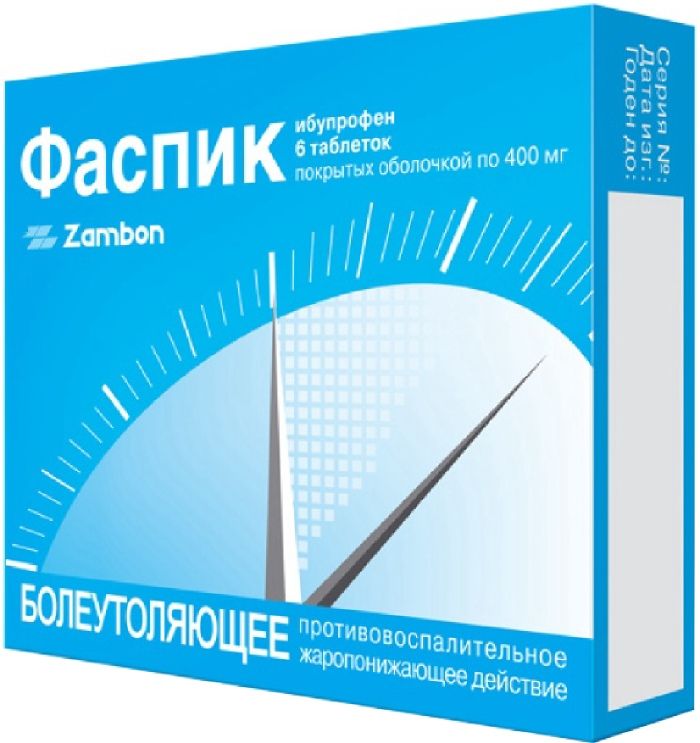
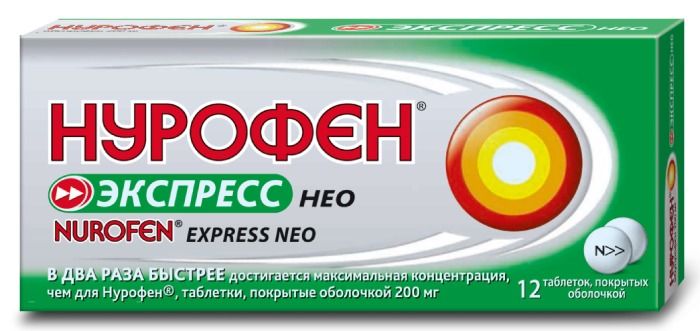
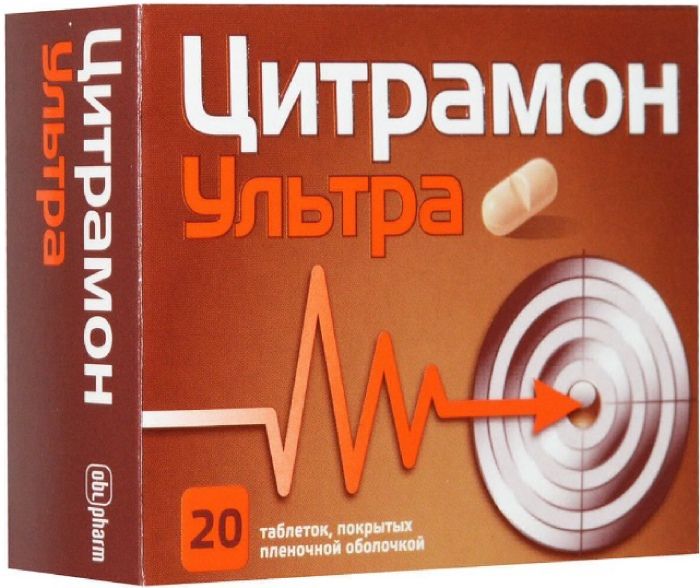

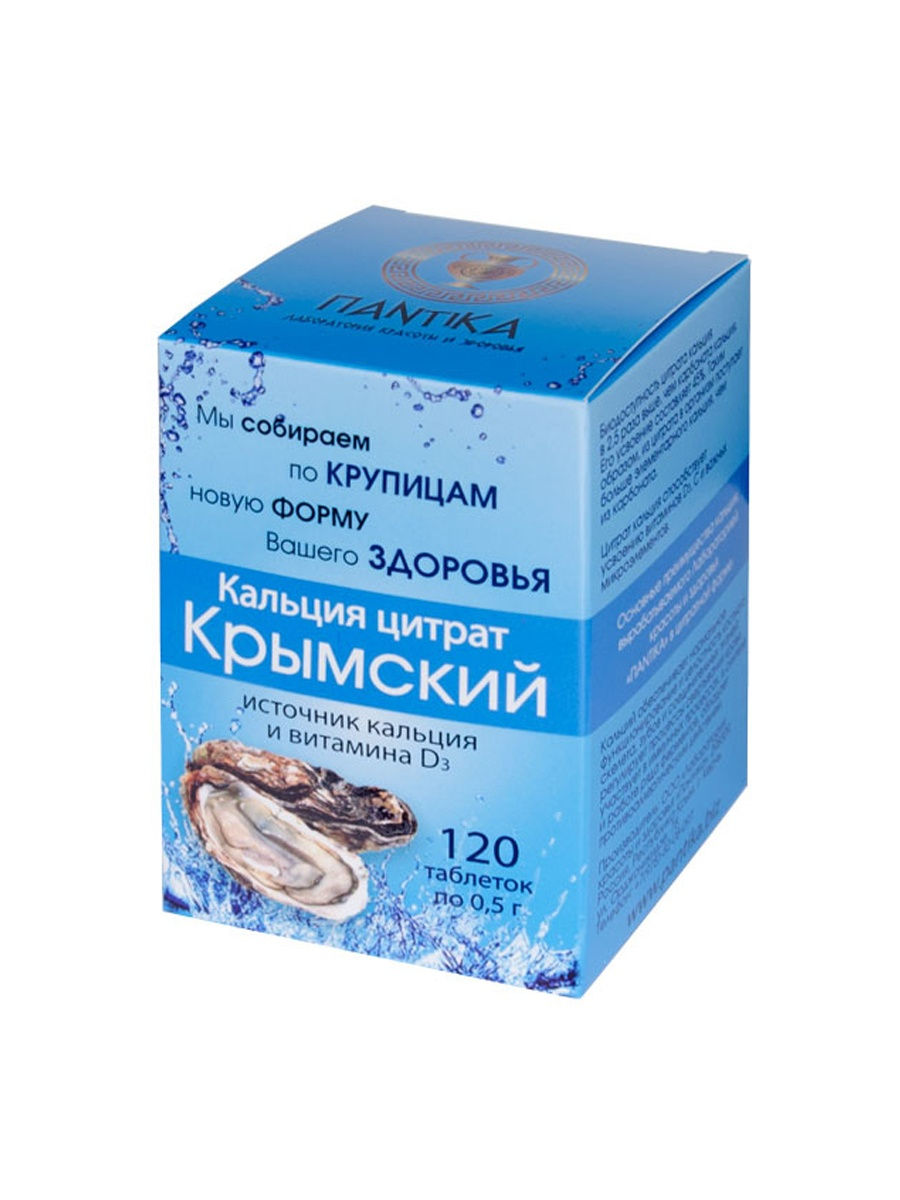


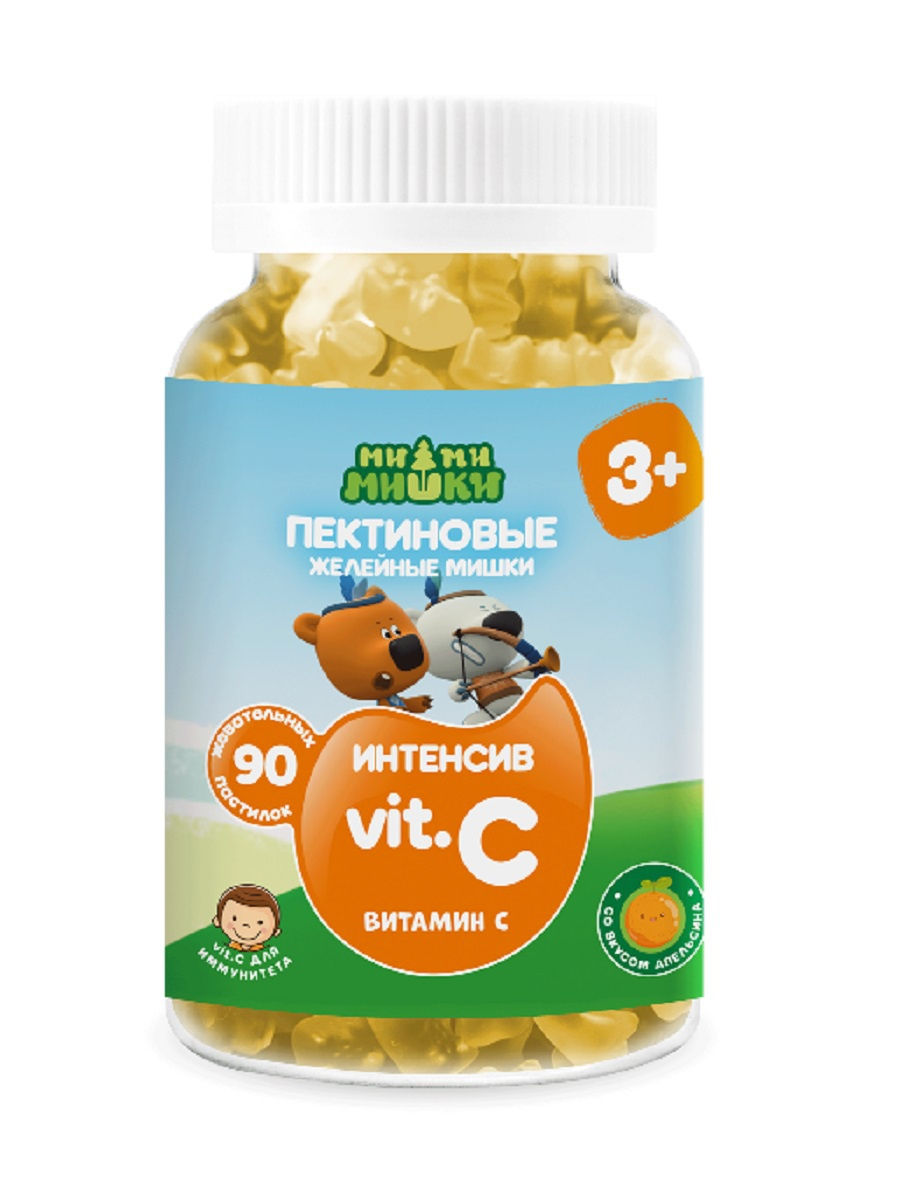
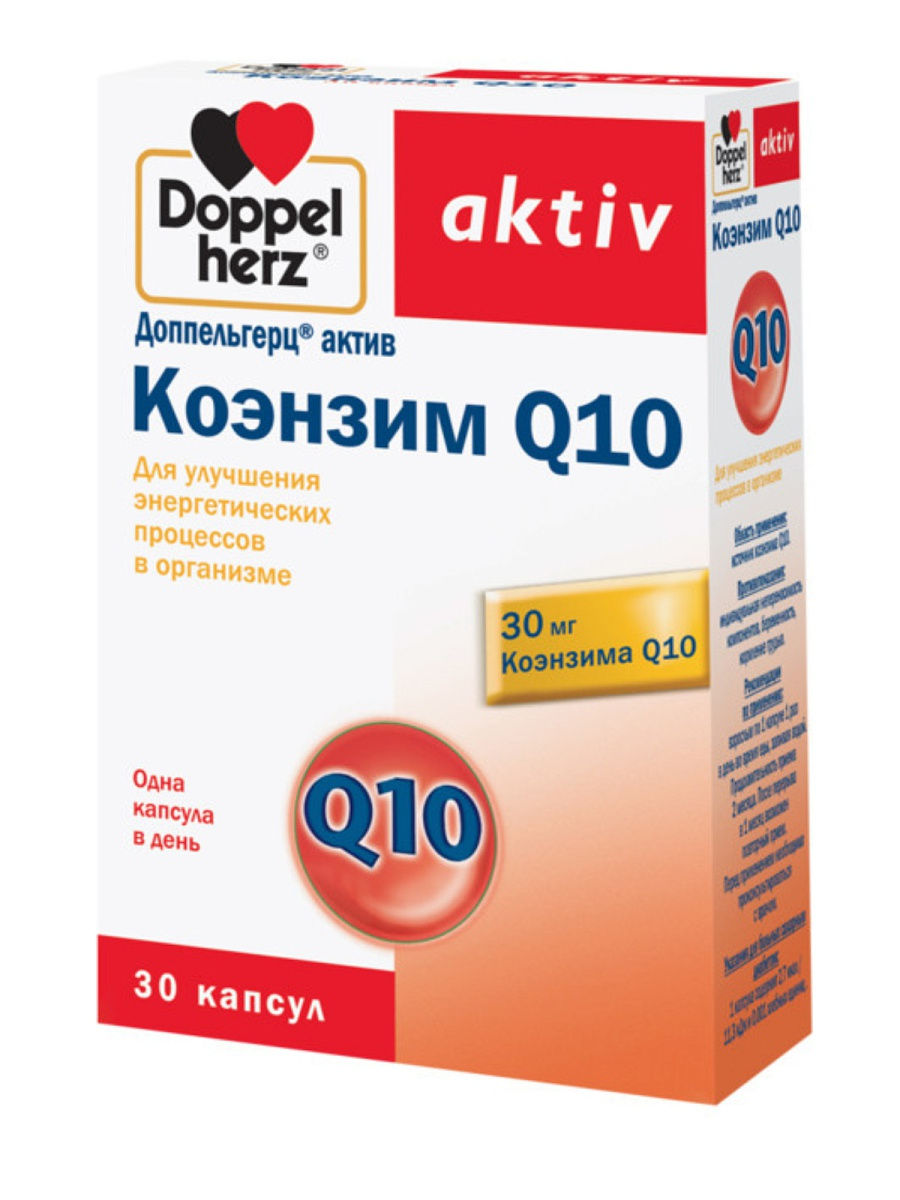



There are no reviews yet.